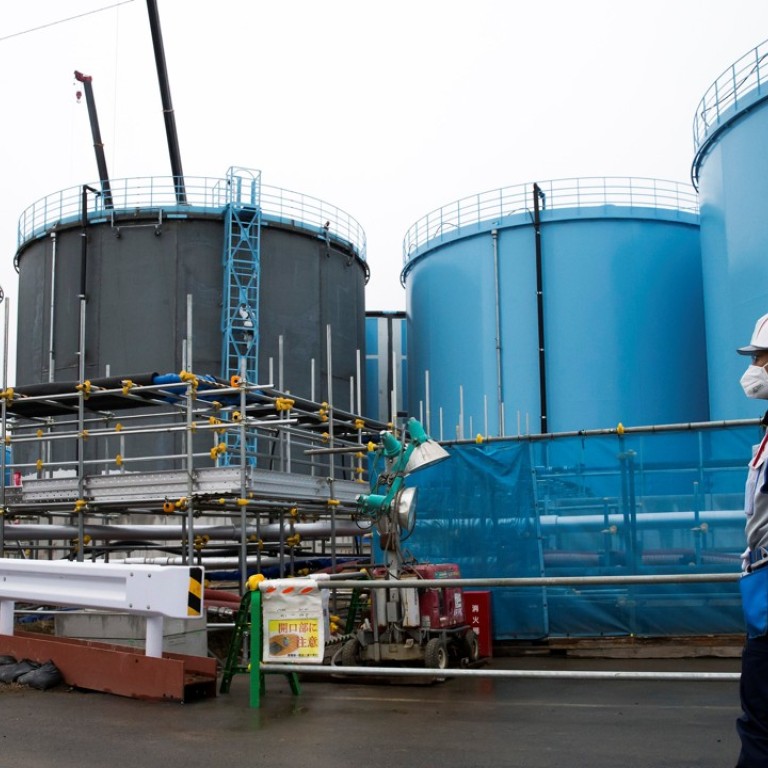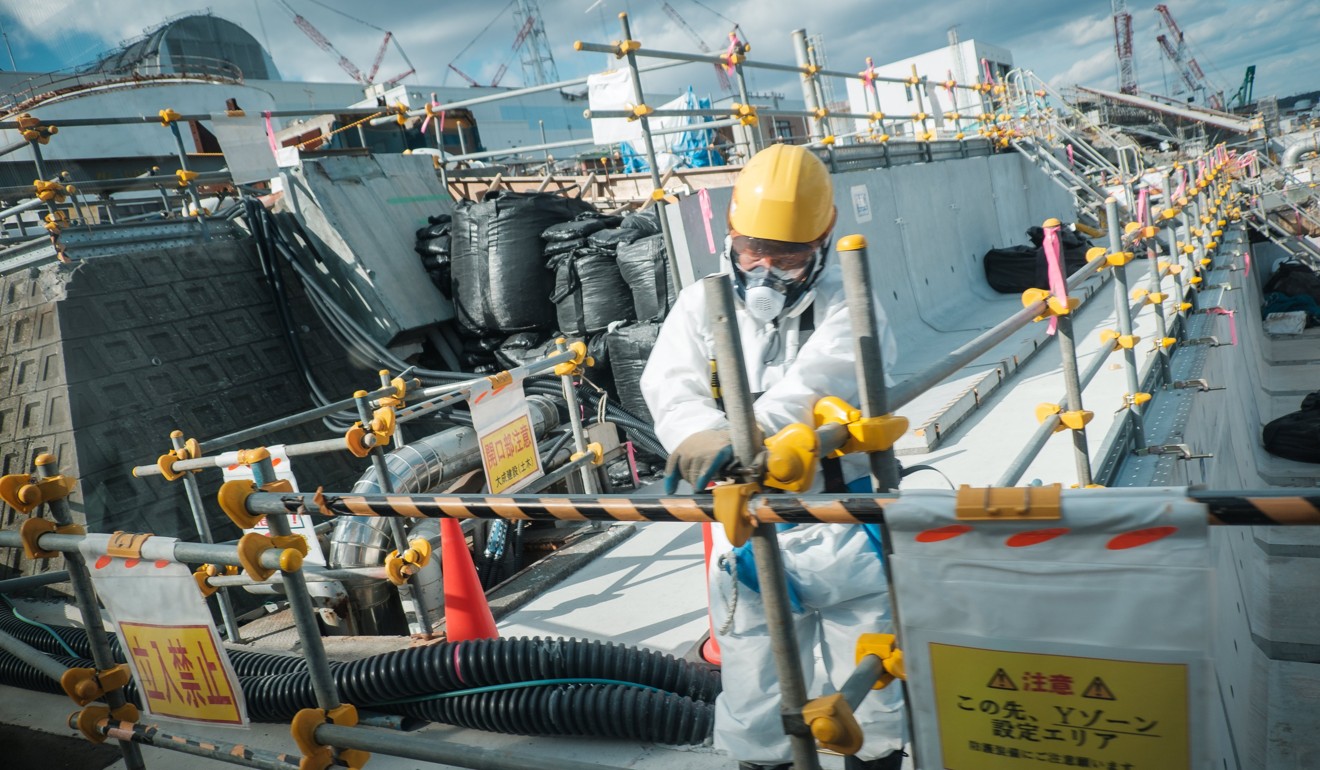
Japan power firm TEPCO mulls scrapping Fukushima No 2 nuclear plant
Decommissioning it would mean all 10 of the company’s reactors in Fukushima, which was devastated by the 2011 earthquake and tsunami, would be dismantled
The utility responsible for meltdowns at a nuclear power plant in northeast Japan seven years ago said Thursday for the first time publicly that it might decommission another plant in Fukushima that narrowly escaped the crisis.
Tokyo Electric Power Company Holdings (TEPCO) said it was considering dismantling four reactors at the Fukushima Dai-ni, or No 2, plant, which has not been restarted since the 2011 disaster.
The decommissioning under consideration would mean all 10 of TEPCO’s reactors in Fukushima would be dismantled eventually.

Fukushima officials and residents have demanded TEPCO decommission its remaining reactors, saying uncertainty has hampered reconstruction.
TEPCO president Tomoaki Kobayakawa, who met Fukushima Governor Masao Uchibori at the governor’s office, announced the plan.
“We plan to start making concrete plans toward decommissioning all reactors,” he said, adding that the governor’s renewed request to scrap Fukushima No 2 encouraged his announcement.
“We thought prolonging the ambiguity would hamper local reconstruction,” Kobayakawa said.
If Fukushima No 2 were to be scrapped, the number of workable reactors in Japan would fall to 35, down from 54 before the disaster.

Nuclear energy now accounts for less than two per cent of Japan’s energy mix since most reactors were idled after the 2011 disaster. Only five reactors have since restarted.
While the government of pro-business Prime Minister Shinzo Abe is pushing to start up as many reactors as possible, restarts are coming slowly as anti-nuclear sentiment remains strong and regulators have stepped up screening process.
Japanese utilities have been opting to scrap ageing reactors nearing their 40-year lifespan rather than take advantage of an exemption that would allow them to extend their operation for up to 20 more years. Meeting new safety standards put in place after the Fukushima disaster costs more, making nuclear power more expensive than it used to be.

